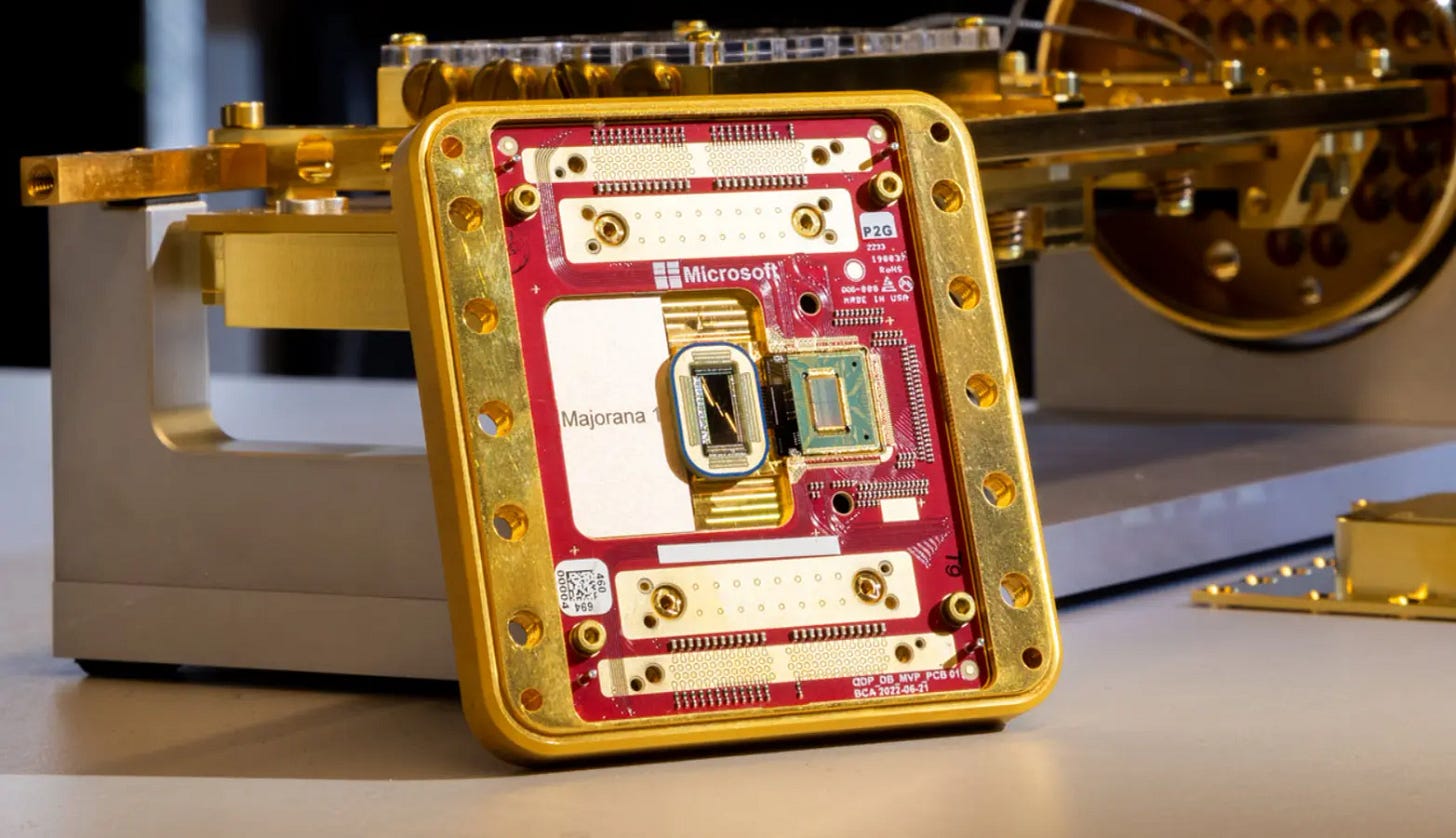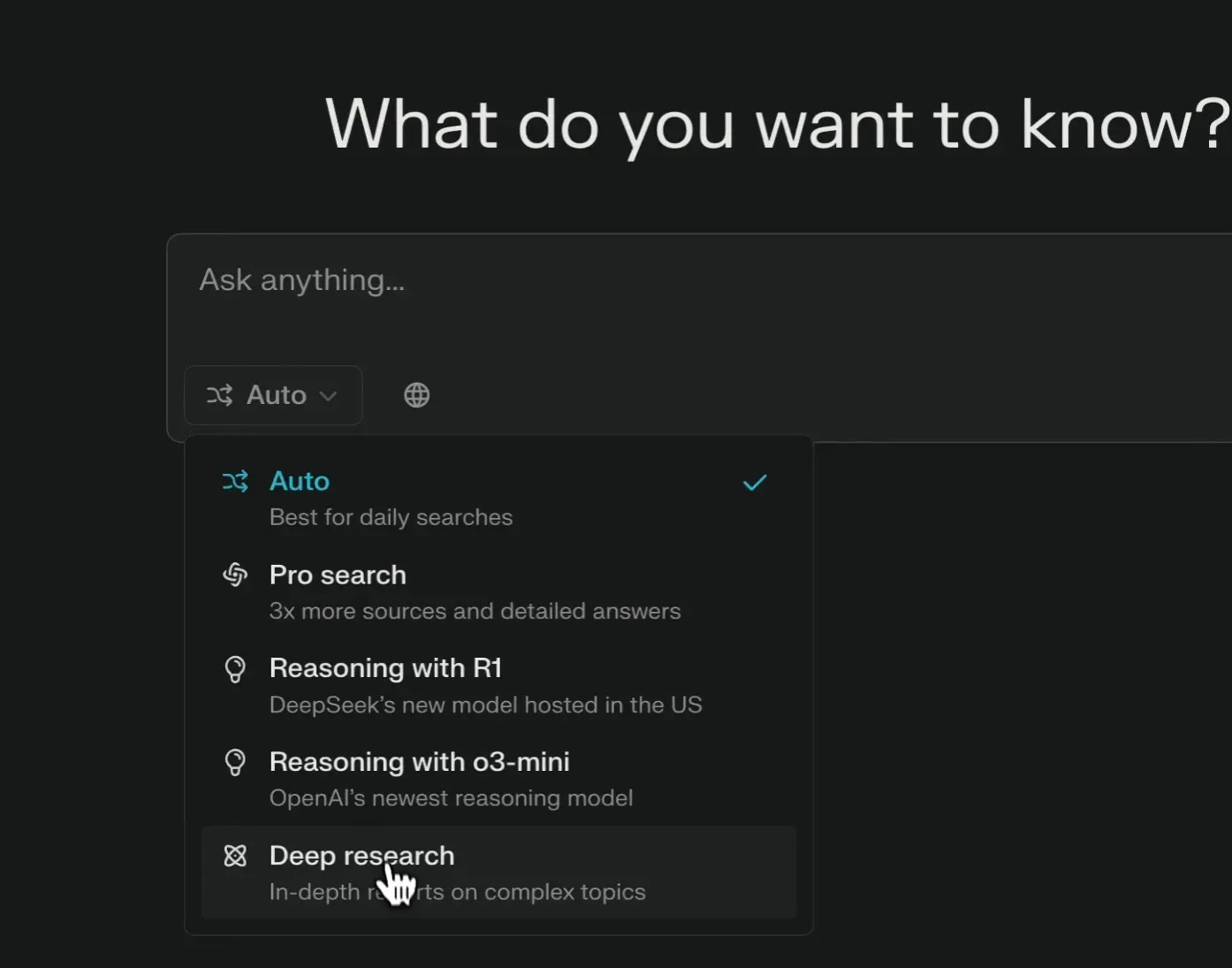Issue 138
Co-scientific inspirations
Hello, dear readers! 👋
In this issue, among other things:
Why does the design principle of "form follows function" not always work
A large open source set of icons for international communication
The new Grok 3 chatbot
Luxurious decoration of strong alcohol
400 thousand AI-based products
World's first quantum chip with a new Topological Core architecture
…and much more!
Enjoy reading!
🗞 News and articles
Anton Repponen explained why the textbook design principle of "form follows function" does not always work.
This approach implies that in a good design, the form is dictated only by the goal, and if this is not the case, then the design is bad. Anton traced the emergence and development of this principle starting from the first mentions in the 19th century in books and articles by architects, sculptors and theorists, talked about the debate on this topic and explained that the relationship between function and form can be bidirectional.
He supported his conclusions with real examples from industrial design of the 19th–20th centuries and talked a little about how this overlaps with modern digital design.
Colormaxxing. Daniel Karuna explained why standard sRGB colors are far from the saturation limit, and explained how to achieve better results using the OKLCH color space.
New technologies
Elon Musk's company xAI has released Grok 3, a new version of its own chatbot, which is available on the social networking site H. Musk called it "the smartest AI on Earth."
According to the company, the new model surpasses the GPT-4o and DeepSeek V3 in areas such as mathematics, science and programming. One of the key features is the DeepSearch feature for "thinking" or searching for answers based on information from the Internet.
At the time of publication, there is free access with restrictions. Users with an X Premium subscription have already received extended access.
Microsoft has unveiled Majorana 1, the world's first quantum chip with a new Topological Core architecture.
Majorana 1 uses overhead conductors. These are new—class materials that make it possible to create more reliable and scalable qubits, the fundamental elements of quantum computers. According to the company, the new development will make it possible to begin solving large-scale industrial tasks using quantum computers in the coming years, not decades.
Despite the hype in some media, the publication raises a number of technical issues. For example, one of the experts points out that a full-fledged implementation of such a quantum computer is still impossible, since the problem of the destruction of quantum entanglement under the influence of external factors has not been solved. Scientists have been trying to solve this problem for many years, but at the moment there is no practical solution.
Microsoft publishes such announcements annually to attract investment, but they are regularly withdrawn due to errors and inaccurate data.
Google has introduced AI co-scientist— an AI agent system based on Gemini 2.0 that will accelerate scientific discoveries in medicine. It helps researchers analyze large volumes of scientific literature and generate new hypotheses.
The creators of the Perplexity AI search have added a Deep Research feature, similar to the OpenAI feature of the same name. She can independently conduct research on the Internet and send a ready-made report immediately. The free version has five requests per day, while the paid version has no restrictions.









